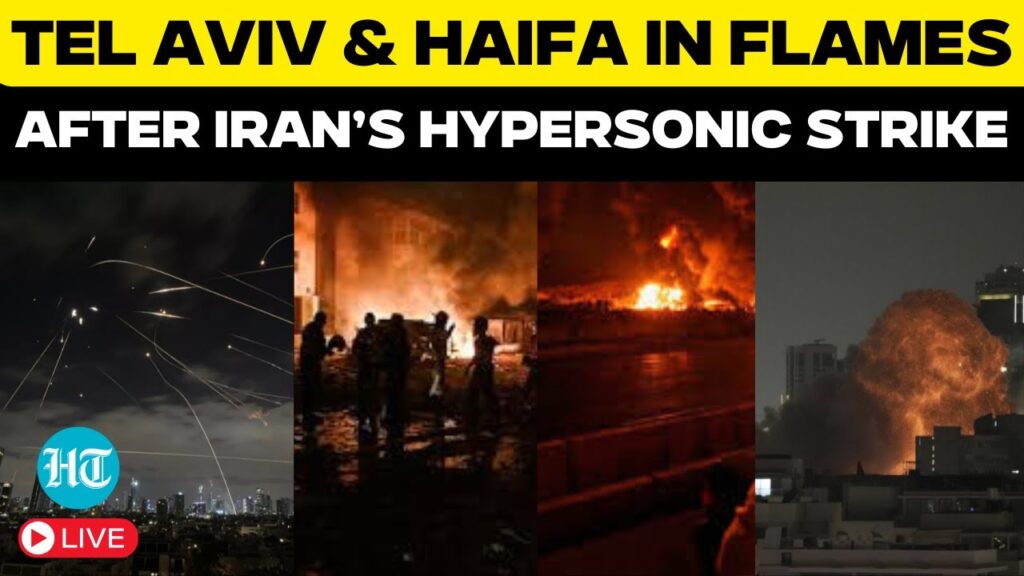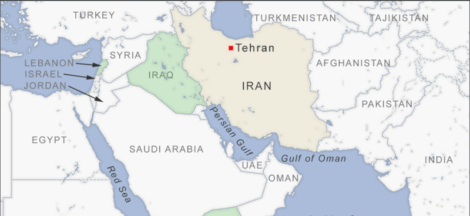Tel Aviv suffered a significant blow on June 16 when Iran launched a large-scale missile and drone attack that shook central Israel, shattered windows at the US Embassy branch, and injured numerous civilians. With no American casualties, the incident marks the first direct impact on a US diplomatic facility in the current escalation between Israel and Iran, representing a stark shift in regional danger.
Iran’s Islamic Revolutionary Guard Corps deployed over 65 ballistic missiles and scores of unmanned aerial vehicles targeting cities including Tel Aviv, Haifa, Petah Tikva and Bnei Brak. At least five people were killed in central Israel and more than 90 injured; separate strikes in Haifa and surrounding towns resulted in a total reported death toll of eight and nearly 300 wounded.
US Ambassador to Israel Mike Huckabee confirmed the embassy branch in Tel Aviv sustained minor structural damage—broken glass and window frames—from concussive blasts, though no staff were harmed. He announced the site would remain closed as personnel sheltered in place.
Israel’s Emergency Service, Magen David Adom, recorded 287 hospitalisations nationwide from the missile wave, with injuries ranging from mild to serious. Residential areas and public infrastructure, including schools and markets, also suffered damage.
Iran defended its attack as justified under “self‑defence”, intended to respond to Israeli airstrikes on military and nuclear facilities in Tehran and other cities. These Israeli strikes reportedly targeted the IRGC Quds Force headquarters, missile launch sites, and nuclear research centres—producing significant Iranian military casualties.
The exchange has disrupted civilian life: Tel Aviv’s startup hub reported widespread structural impacts, though companies continue to operate remotely or from shelters. In Iran, media facilities, including a state television studio, and academic personnel were among those hit. Reports indicate at least 224 Iranians were killed alongside hundreds of injured civilians.
Washington has responded with cautious restraint. While US forces in the region remain on heightened alert, the Pentagon has not announced any direct retaliation. Nevertheless, the implications of a US diplomatic site being hit have sparked questions in Washington about potential escalation. The State Department issued a travel warning for Israel, Gaza and the West Bank, urging Americans to exercise vigilance.
Global leaders are actively calling for de-escalation. G7 foreign ministers have scheduled emergency consultations, while some EU governments are facilitating citizen evacuations. In parallel, French President Emmanuel Macron revealed that a ceasefire proposal was put forward by the US at the G7, contingent on reciprocal steps from Iran.
Regional powers watch anxiously. Russia has expressed support for Iran’s right to self‑defence, while Gulf states and Pakistan are facilitating evacuations for their citizens in Tehran. Meanwhile, Iran reiterated it would not engage in negotiations with the US until its retaliatory campaign concludes.
On the ground, civilians endure. Israeli residents are coping with shattered facades, sirens, and restricted movement. Schools and businesses in Tel Aviv have shifted to remote arrangements or shelters, revealing the conflict’s disruptive footprint. In Tehran, evacuations have been ordered in some districts amid ongoing Israeli strikes.
As the fourth day of escalation unfolds, the attack on a US diplomatic facility marks a pivotal moment. The United States faces mounting pressure to respond, yet remains wary of triggering a broader regional war. Diplomatic channels, including proposed G7-mediated talks, show signs of activation—but with military operations still underway, neither side appears ready to yield.



 Gulf States Mobilise to Secure Ceasefire
Gulf States Mobilise to Secure Ceasefire 